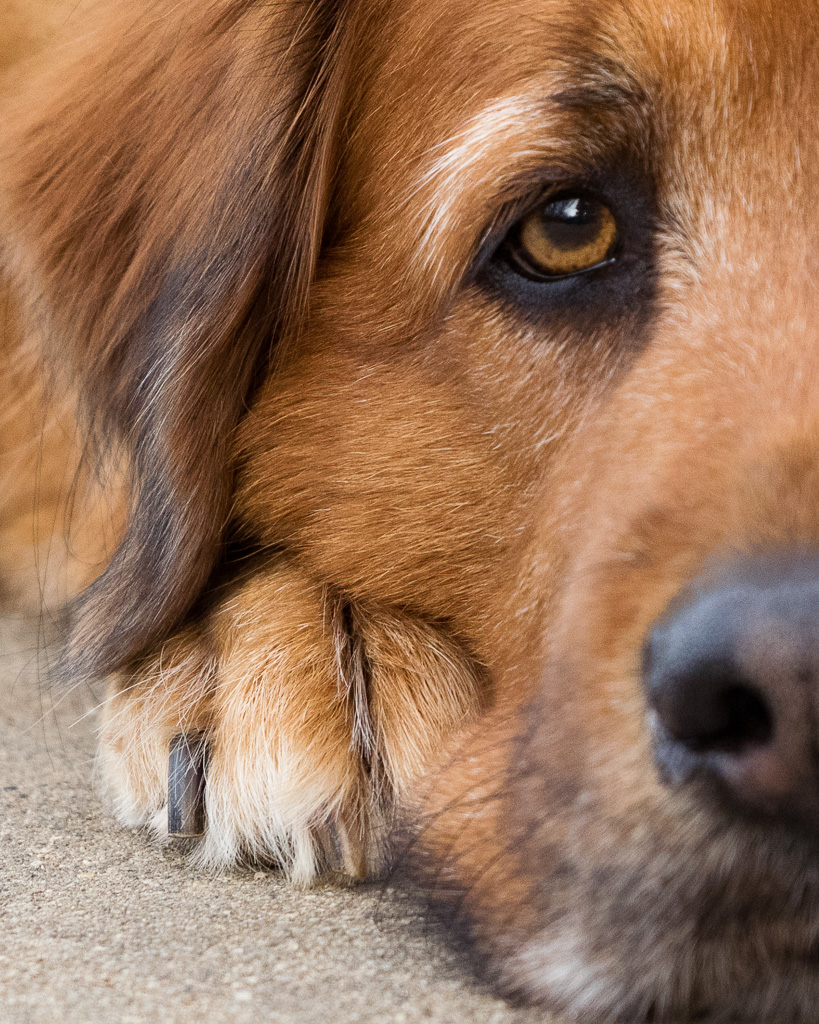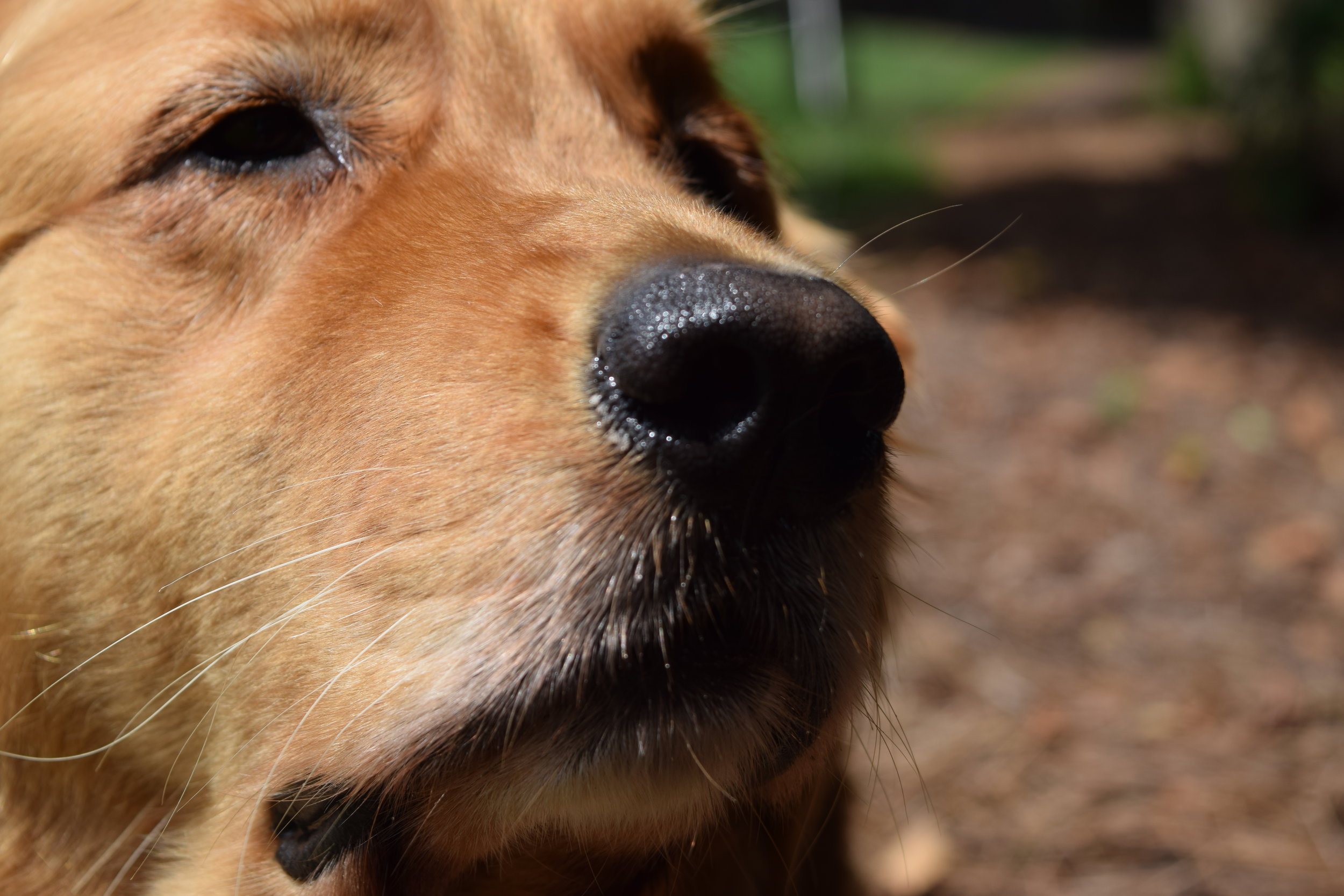The Photography Learning Curve
In the past 3-4 months, I have been thinking a lot about what I'm calling the photography learning curve. I applied to and was accepted to attend a pet photography workshop this spring. (Look for future posts about this exciting... and I mean EXCITING news!) Once I was accepted to the workshop, I knew I needed to spend time on improving my photography skills. I know the point of attending the workshop is to become a better pet photographer so perhaps my previous statement doesn't make a lot of sense to some of you but I want to get everything I can out of the workshop and I don't want to feel like the topics being discussed are over my head. I knew I had a lot of homework to do prior to the workshop. I was having a conversation with a friend yesterday and he was asking about See Spot Run and the conversation turned towards my pet photography. I told him about the workshop this spring and how excited I am. His comment was "I didn't know there was so much to learn about photography." I laughed and told him I had no clue when I bought my camera in 2014. Let me just say, the photography learning curve is steep. The 'pet' photography learning curve is just plain hard. But oh how I love it!
Here is an example of a photo I took in December that I am really happy with the result and below it is a photo I took after having my camera for a few weeks. The differences in the photos are obvious, right? 
Here is an example of a photo taken by me three weeks after I got my camera: 
Both of these photos are close up shots of similar colored dogs. How can they be so different and why is one better than the other? The answer is what makes photography so complicated. (The answer isn't that one dog is staring directly at the lens of the camera.)
Photography and cameras are both complicated. How many of you have nice cameras but you don't know how to really use them? Are you confused by all of the dials and buttons? Is yours just programmed to be used on automatic?
I recently read an ebook entitled "Photo Nuts and Bolts" by Neil Creek. The introduction discusses understanding the theoretical fundamentals of a camera and let me just say, I struggled through my science classes in high school and I struggled with understanding the concepts in this book too. The ebook discusses how a pinhole camera works and how bending light affects all photography. This is known as refraction and is something I've not ever thought about when I am taking a photo until now.
Understanding aperture, shutter speed, and ISO (the exposure triangle) are critical to taking good photos. Understanding white balance, metering, focal length, depth of field, and even more complicated subjects like hyperfocal distance are all topics that are part of the photography learning curve.
To completely simplify photography, you can think about these 3 parts: 1. Understanding the camera 2. Actually taking the picture 3. Editing the picture
Once you know how to use your camera, then there are an entirely different set of issues to think about before snapping the shutter button. What is your light source and where is it? If you are outside taking pictures for 30 minutes, is your light source changing? If you photographing a dog and he is running around in the shade and in the sun, your light source is changing! Then there is composition. There are books written solely on composition and there are actually rules about proper composition. Who knew??
The last step in creating an image is the editing process. This is where Photoshop comes in. Photoshop was actually developed to be used as a graphic design tool so Lightroom was developed specifically for photographers. However there are things that need to be done to photos such as removing a leash from a photo that are done much easier in Photoshop than in Lightroom so understanding both is critical. To say Photoshop and Lightroom are complicated is an understatement.
So if you've ever wondered why it costs so much to hire a photographer, it's because the really good ones are artists. I hired a photographer to take photos of Buddy a few years ago. I think I paid around $400 for the photo session. That is a lot of money and at the time I'm sure I didn't understand why it cost so much but I really wanted to have professional images of my dogs. One of my BIGGEST REGRETS EVER is not having great pictures of my first two dogs Sloan and Sam. They are both gone now so I missed the opportunity to have great photos of them. I have a ton of pictures of them but none of them are great and by great, I mean the kind that come from a professional camera used by a professional photographer.

With the cameras that come on our phones these days, you can take a decent picture but most of us aren't going to take great pictures with them. You're probably not going to take a picture you can enlarge and hang on a wall in your house to remember Sloan or Sam when they're gone. But I do have enlarged photos of Buddy on the walls in my house and that $400 was worth every penny. Buddy was worth every penny.
I am going to master this photography learning curve so I can create images that will make others feel like I feel when I see those photos of Buddy.